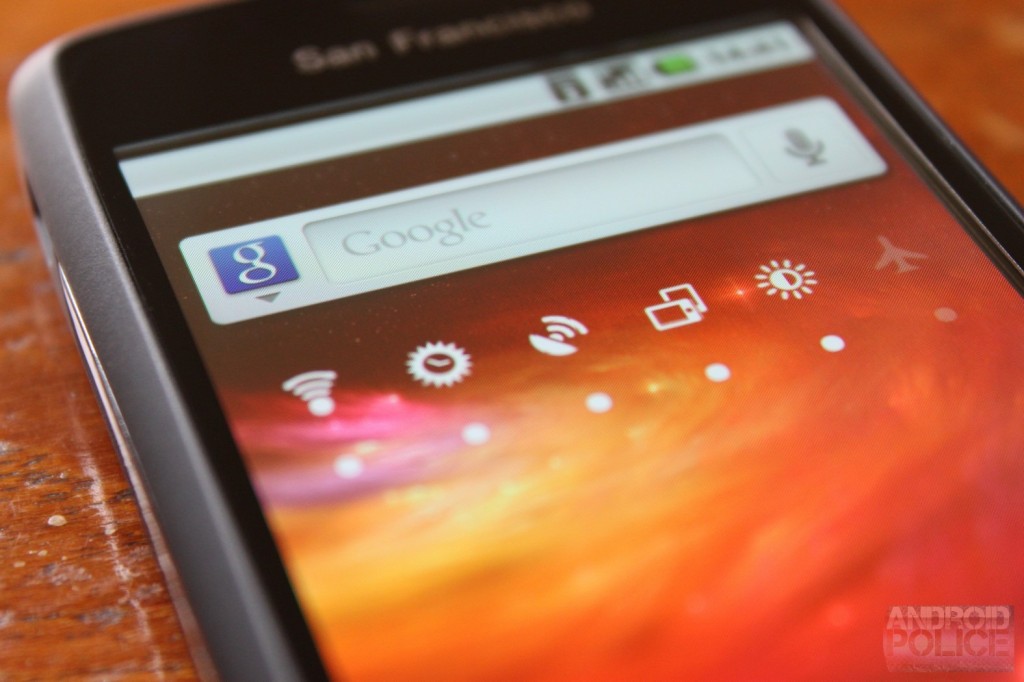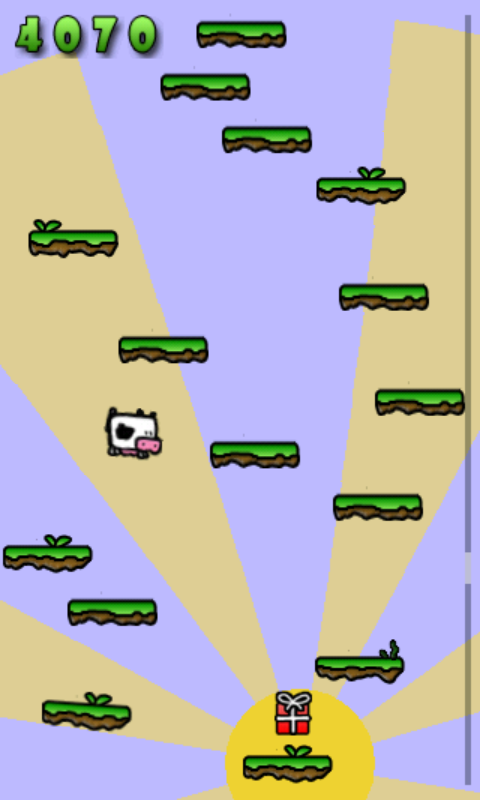Introduction
Since the advent of Android in 2009, the family of devices running Google’s mobile OS has grown from one handset to now hundreds and possibly thousands of unique models. In recent months, Android has seen an explosion of devices coming from lesser-known Asian manufacturers, with one of the main selling points being price. The manufacturers realized that with Android they had a readily and freely accessible operating system, a large market of potential customers, and all they had to do was put together a cheap device to capitalize on Android’s continued growth. Unfortunately, these devices often cut corners where things mattered the most – poor displays, resistive touchscreens, bad build quality and a litany of other crimes against the gods of consumer electronics.
One phone has stepped forward and separated itself from the rabble. The ZTE Blade, unveiled to but a murmur of interest at MWC2010 in February, has now made the existential leap from China to the United Kingdom, assuming a new identity as the Orange San Francisco. It is unclear what the relevance of the Californian city’s name to this device is, but Orange have established a pattern of naming their rebranded phones after American cities. Retailing at a mere £99 ($160) on pre-pay, you would be forgiven for lumping in the Blade with a whole host of other must-try-harders and moving on. However, take a closer look at the Blade’s spec sheet and your interest may be piqued…
Hardware
The most striking thing about the Blade is its OLED display. In a time where manufacturers are being forced to switch to alternative display technologies such as Super-LCD, it is a miracle to see a device released with an OLED screen, let alone one at this price. At 3.5″, the WVGA (800 x 480) resolution provides an exemplary 270 DPI pixel density, making text and images nice and crisp. Detractors of the PenTile screen matrix technology will be disappointed to find that it is employed on this screen as it has been on previous OLED Android phones, and if you look very closely you may see some fringing around white pixels. A certain pink-tinge can also be detected on whites and greys when coming from another device, but after extended use the tinting is not noticeable. Despite these negative points, the screen is very impressive overall, and is a welcome high-spec feature when a lower quality display could have easily been included.
The touchscreen is capacitive, with support for two points of contact. While it did display some issues with fingers crossing axes, the issue was infrequent and seemed related to the speed of movement – it only happened if you paused at the intersection on the axis. The occurrence frequency was certainly less than on the Nexus One’s infamous panel. Multitouch actions such as pinch-to-zoom were smooth, but occasionally the device took issue with fast typing – a particular issue was the screen not registering the very first letter of a word. Below the screen are three hard buttons – Home, Menu, Back – which have a nice clickiness and work well in their intended capacity. Unfortunately the search key was omitted, which mandates the Google search widget on your homescreen and means a bit more digging for search in applications. The lack of a trackball also makes terminal work difficult, and users may have to resort to third party keyboards with on-screen arrows if they find themselves using the command-line frequently.
The device itself feels nicely made, with the body being made from soft-touch matte grey plastic, solidly constructed and lacking in tell-tale creaks. Inside we find the usual array of sensors and communication modules – WiFi, Bluetooth, GPS, FM Radio, Accelerometer, Proximity, Light, they’re all there.
The foundations of the device seem quite solid, then. Except for one thing: the processor. The Blade uses a previous-generation 600 MHz ARM1136EJ-S CPU, Qualcomm’s venerable MSM7227 chipset. Despite its age and low clock speed, the CPU still powers the Blade fairly nicely. Coming from a feature-phone, the Blade is still quite zippy. Former Snapdragon users will notice some sluggishness, but that is to be expected.
Another problem presents itself when using the device as a day-to-day phone: the camera. “The best camera is the camera you have with you”, as the tired, over-used smartphone cliché goes. Well in the case of the San Francisco’s 3.2 MPx Auto-Focus camera, having a digital SLR with you might also be handy. While the photos themselves are of acceptable quality, the photo taking process is painful. The camera application takes too long to start, and this is matched by slow focus times. Attempts at macro shots were denied with frustrating stubbornness. Video, at QVGA, doesn’t bear mentioning. It may improve with future updates, but don’t hold out hope for a 720P hack any time soon.
Software
Another culprit for the aforementioned sluggishness is likely the software. Orange have released the San Francisco with their own flavour of Éclair. An Orange flavour. Sound nice? Thankfully the customization does not go quite as deep as MotoBlur or TouchWiz, and stock Android still appears throughout the device’s menus. The main grievance is with the Orange homescreen and the included Orange apps. Still, there is an included Homescreen Selector application that allows you to change back to the standard Éclair desktop, and as for the bloatware – Universal Androot helps splendidly in that regard.
Besides the useless Orange applications, the San Francisco does not include much beyond the standard suite of Android 2.1 applications. The dialer is different, with a smart-dialing capability where entering numbers/letters on the keypad presents a list of matching contacts to call. There is also a basic file manager, which is something that has been a noticeable omission in Android since its release.
Due to the slightly lacklustre processor, typing can be an issue if you move too quickly. This seems to be partly due to Éclair bogging down the device, and does not prove to be as much of a problem on the recent Froyo ROM. The phone is also slightly slow to wake, with a perceptible lag between pressing the (rather hard to reach) power button and the screen illuminating.
At this stage, the software is starting to look like a laundry list of little niggles and quirks. You may have noticed mention of Universal Androot earlier. It works flawlessly on the San Francisco, but that is merely a hint at the hacking potential of this device.
Hacking
The San Francisco rose to attention based on its discovery by the Android forum on MoDaCo – a site full of talented but thrifty Android enthusiasts. Like the T-Mobile Pulse before it, the San Francisco attracted many hobbyists due to its low barrier of entry and surprising feature-set. Before long, there was a version of ClockwordMod for the phone, enabling installation of MoDaCo custom ROMs. Just like that, the Orange intrusion was removed. It was also discovered that unlocking the ZTE Blade was a fairly cheap operation – SIM unlock codes could be had for less than £5. Further, /system was easily remountable as read-write. Suddenly the appeal of the San Francisco grew exponentially.
Not only this, but the actual ZTE Blade, the model intended for the China Unicom network, was due for release with Froyo. Shortly after, a dump of the Chinese model’s Android 2.2 OS was leaked, despite the phone still not being released… and the rest is history.
So how is Froyo on the San Francisco? In a word: fantastic. While the upgrade from 2.1 to 2.2 on the Nexus One was pleasantly surprising, the difference was not so enormous as to suddenly validate the phone. With the San Francisco, the improvement is much more apparent. Everything happens noticeably faster. Typing, scrolling, Swyping, and pinching all benefit greatly from the improvements in the Froyo code. WiFi hotspot (infrastructure) is enabled along with several other cool and unexpected features. Despite the Froyo ROM for the San Francisco only being in Alpha at the time of writing, it is still a great beacon of hope for owners who are somewhat frustrated by the stock Éclair or even a customized MoDaCo ROM. There are still plenty of issues to be worked out in the current release, but given the developer support for the San Francisco those obstacles should be overcome sooner rather than later.
In Use
As a day to day smartphone, the San Francisco is very manageable. Battery life under normal use conditions is about 15 hours, which is right about on the average mark with most Android phones. It’s not going to be beating your alphanumeric candy-bar any time soon, but the phone should make it through a day of use quite comfortably.
Call quality was good, and no dropped calls were experienced in the time with the phone. Network coverage always seemed reasonable and WiFi connectivity worked as expected. Some custom ROMs have had problems with dropped wireless connections but this did not present itself on the standard Orange version of Android that the phone came with.
Considering the reputation of OLED, expectations were not high for outdoor use. Thankfully the screen proved reasonably legible on full brightness, although you may find yourself wiping off smudges now and then. As mentioned before, the touchscreen can be a little slow to respond. The surface is a durable plastic with perhaps a little too much friction, but that will probably become smooth with extended use.
One of the use cases most suited to the San Francisco is use as an e-Book reader. While you may scoff at reading on a 3.5″ display, the screen’s high pixel density makes text quite pleasant to look at. Thanks to the OLED technology employed, white text on a black background is perfect for reading at night, with minimal eye strain due to the black pixels not emitting any light. This improves book reading and SSH alike.
Gaming is restricted to fairly lightweight, casual games. Abduction! proved to be a great game to demonstrate both the phone’s beautiful screen as well as its highly sensitive accelerometer. While Angry Birds was not tested in the review, users of the Froyo ROM mentioned previously have had success with that game also. The recently-reviewed Reckless Racing is just about playable in Time Attack mode, but that is not surprising considering how graphically demanding the game is.
Appeal
So why is the San Francisco garnering such widespread interest? With smartphones, prices have always been a sticking point for the general consumer. Priced less than most feature phones, the San Francisco has removed that barrier to entry and is opening up Android to a much broader market. While it may be slow compared to more expensive smartphones, it is surely a dazzling device compared to the unsophisticated messaging phones that many new users will be coming from. Not only this, but the San Francisco has proven a hotbed of development and this will serve to extend the phone’s active lifespan with regular users as well as smartphone-fanciers.
All in all, it looks like Orange and ZTE may have a success on their hands. Considering its relatively impressive hardware for a tantalizing price, the San Francisco is set to be a gateway drug to the greater world of Android, converting new users to smartphones and bringing their friends along with them. The only problem now is getting your hands on one outside of the UK.




















[转载]ZTE Blade / San Francisco 介绍:目前有 1 条评论